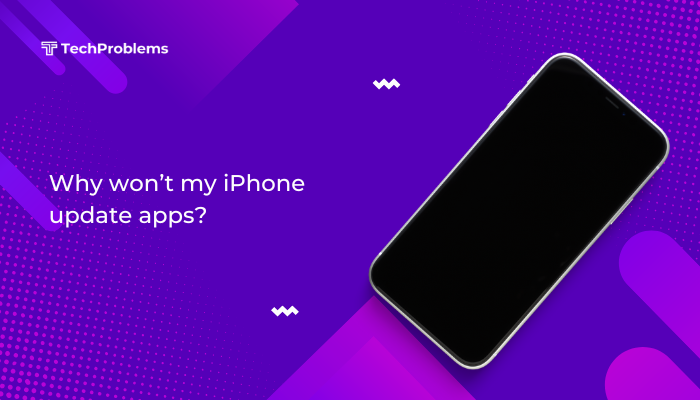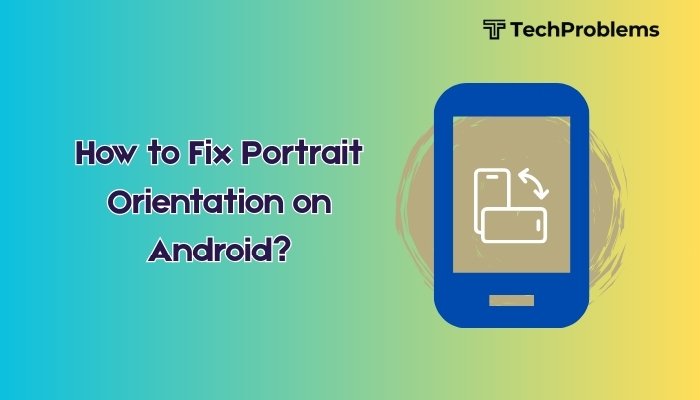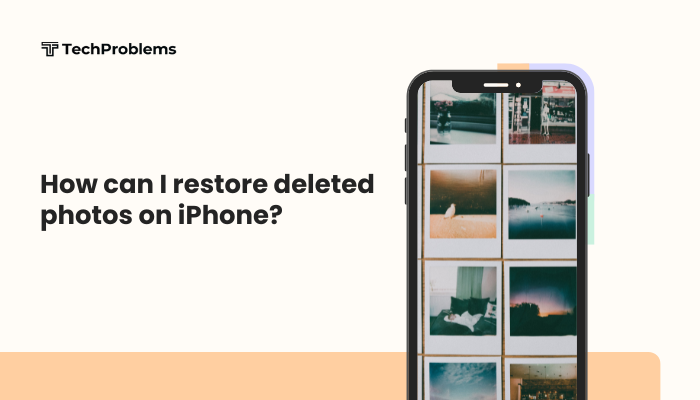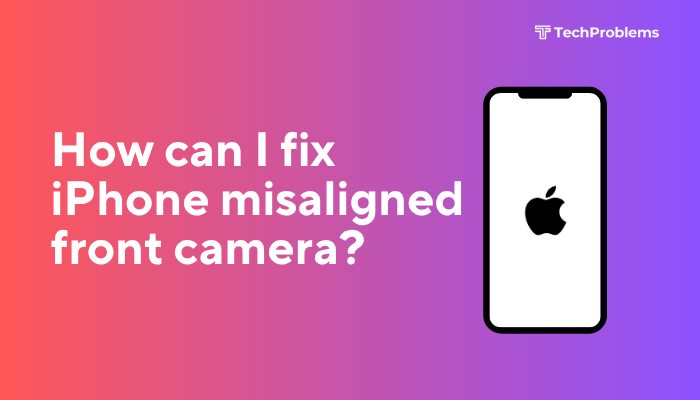Backing up your iPhone to iCloud ensures your photos, messages, settings, and app data stay safe and recoverable if you lose or upgrade your device.
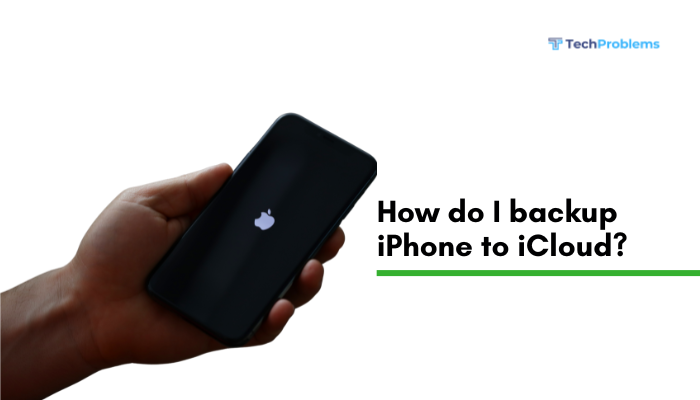
Why You Should Use iCloud Backup
- Automatic, Wire-Free: Once set up, iCloud Backup runs whenever your iPhone is charging, locked, and on Wi-Fi—no cables needed.
- Seamless Restores: When you get a new iPhone or need to restore, your data transfers smoothly, preserving apps, settings, and home screen layout.
- Off-Site Safety: Unlike a computer backup stored at home, iCloud keeps your data off-site, protecting it from theft, damage, or loss.
- Incremental Backups: After the first full backup, iCloud only uploads changes, saving time and bandwidth.
- Cross-Device Sync: Photos, Contacts, and other key data sync across all your Apple devices via iCloud, not just backups.
Using iCloud Backup complements—but does not replace—the importance of local backups via a computer.
What iCloud Backs Up
When iCloud Backup runs, it includes:
- Device Settings: Home screen layout, system preferences (e.g., Do Not Disturb, Display).
- App Data: Data for installed apps, including app settings and documents.
- HomeKit Data: Your smart-home configurations.
- Messages: iMessage, SMS, and MMS history (unless you use Messages in iCloud).
- Photos & Videos: If iCloud Photos is off; otherwise, your library is managed separately.
- Purchase History: List of purchased apps, music, movies (not the content itself).
- Ringtones and Visual Voicemail.
Note: Health and Keychain data require an encrypted backup, which iCloud provides automatically for iOS backups.
Check Your iCloud Storage
Before enabling backups, ensure you have enough space in iCloud (5 GB free by default):
- Open Settings and tap your Apple ID (your name at top).
- Tap iCloud → Manage Storage or iCloud Storage.
- Review the Storage Graph to see available space.
- If needed, choose Buy More Storage or Change Storage Plan; plans start at 50 GB for $0.99/month.
Tip: Turn off iCloud Photos backup if you need to free space, since your photo library can consume gigabytes. Photos can sync separately via Settings → Photos → Optimize iPhone Storage.
Prepare Your iPhone for Backup
Ensure the backup process is smooth:
- Connect to Wi-Fi: Backups require a stable network.
- Plug into Power: iCloud Backup only runs when charging.
- Lock Your Screen: Automatic backups occur only when the screen is locked.
- Disable Low Power Mode: In Settings → Battery, make sure Low Power Mode is Off, or backups may be delayed.
Confirm at least 30 minutes of uninterrupted charging and Wi-Fi connectivity for first backups.
Enable iCloud Backup
- Settings → [Your Name] → iCloud → iCloud Backup.
- Toggle iCloud Backup On (green).
- Tap Back Up Now to start your first backup immediately.
- Wait for the progress bar to complete; remain connected to Wi-Fi and power.
After the initial backup, iCloud will back up increments automatically overnight under the same conditions.
Perform a Manual Backup Anytime
If you need an immediate backup before travel, update, or trade-in:
- Settings → [Your Name] → iCloud → iCloud Backup.
- Tap Back Up Now.
- Check the timestamp under Back Up Now to confirm success.
Tip: Manual backups can take 5–30 minutes depending on the amount of new data since your last backup.
Manage What Gets Backed Up
To optimize storage and backup time, select which apps include data:
- Settings → [Your Name] → iCloud → Manage Storage → Backups → [Your iPhone].
- Under Choose Data to Back Up, toggle off apps you don’t need backed up (e.g., games you can re-download).
- Confirm by tapping Turn Off & Delete; their data will be removed from your iCloud backup.
Outcome: Smaller backups and faster upload times, but only disable apps whose data you can lose safely.
Encrypting Your Backup
iCloud backups are encrypted by default in transit and at rest; no extra action is required. This includes your Health, HomeKit, and Keychain data. For local backups via iTunes or Finder, you must manually encrypt—iCloud doesn’t require this step.
Restore from an iCloud Backup
When setting up a new or reset iPhone:
- On the Apps & Data screen, tap Restore from iCloud Backup.
- Sign in with your Apple ID.
- Choose the most recent backup from the list by date and size.
- Stay connected to Wi-Fi and power; apps, photos, and data will download in the background.
Tip: Initial restores may only recover settings and app placeholders; full content sync may take hours depending on network speed and backup size.
Troubleshooting Common Backup Issues
“Not Enough iCloud Storage”
- Solution: Manage backups (Section 7), delete old device backups, or upgrade your plan.
“Backup Couldn’t Be Completed”
- Confirm Wi-Fi is working by loading a webpage in Safari.
- Ensure your device stays awake and charging.
- Toggle iCloud Backup Off → On and retry manual backup.
“Stuck on Terms and Conditions”
- Force-restart your iPhone (Volume Up, Volume Down, hold Side) and revisit the backup settings.
“App Data Missing After Restore”
- Check that the app’s toggle was on in Manage Storage; if off, its data wasn’t backed up.
- Re-download the app and sign in, as some apps store data in their own cloud.
Optimize Backup Size and Speed
- Enable Wi-Fi Assist only when needed: Settings → Cellular → Wi-Fi Assist toggles cellular backup if Wi-Fi is weak—this uses data and may incur fees.
- Offload Unused Apps before backing up: Settings → General → iPhone Storage → Offload Unused Apps saves app data while removing bulky app binaries.
- Clean Junk Files: See our guide on deleting junk files to reduce backup payload.
- Backup Overnight: iCloud backs up automatically at night; setting your device on charge before bed ensures it completes.
These practices cut down the time and data required for each backup cycle.
Best Practices for Regular Backups
- Check Backup Status Weekly: Open iCloud Backup settings to see the last backup date.
- Keep Enough Free iCloud Space: Aim to use no more than 90 % of your plan.
- Use a Strong Apple ID Password and enable Two-Factor Authentication to protect your iCloud data.
- Review and Prune photos, videos, and old app data monthly to keep backups lean.
- Combine with Local Backups: Periodically back up to a computer with encryption for an extra safety net.
A disciplined routine ensures you never lose important data or spend hours waiting for a backup when you need it most.
Conclusion
Backing up your iPhone to iCloud is your first line of defense against data loss from device failure, loss, or theft. By preparing your device, ensuring sufficient storage, enabling automatic backups, and periodically performing manual backups, you keep your world—photos, messages, settings, and app data—securely stored in iCloud. Use the 12 methods above to customize what you back up, restore quickly when needed, troubleshoot common errors, and optimize your backup size and speed. With these practices, your iPhone backup routine becomes a set-and-forget safety net, giving you peace of mind every day.

